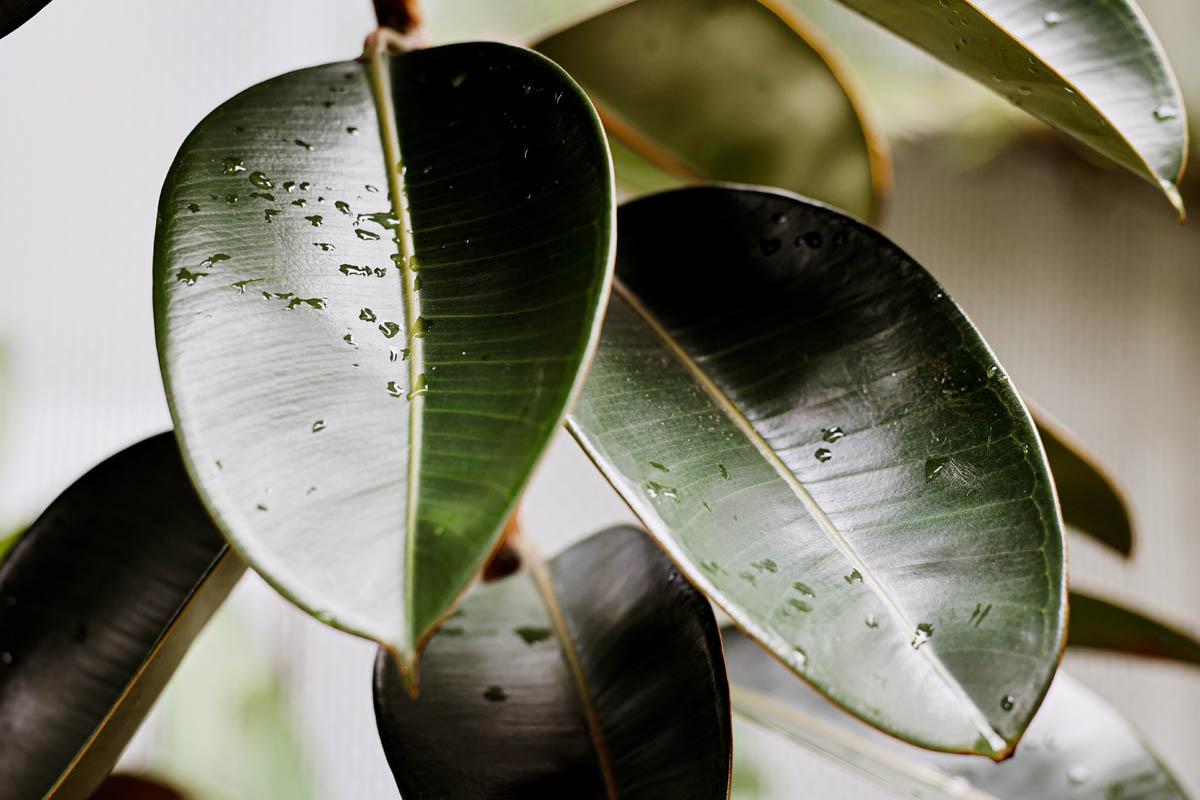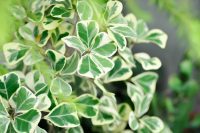Is ficus toxic to dogs?
Ficus spp. is toxic to dogs. The toxic principles are ficin, a proteolytic enzyme, and ficusin, a psoralen, which are present in the milky sap. This causes ocular, oral, dermal and gastrointestinal irritation.
What is ficus?
| Family | Moraceae |
| Botanical name | Ficus spp. |
| Common names | Rubber plant, Indian rubber plant, rubber tree, common fig, fiddle-leaf fig, Chinese banyan, Creeping fig, Ficus Audrey |
| Toxicity | Toxic to dogs |
| Toxic parts | Stems and leaves |
| Toxic principle | Ficin and ficusin |
| Severity | Mild to moderate |
Ficus spp. is a genus of 850 species of mostly tropical trees, shrubs, and vines native to southwest Asia and the Mediterranean. They are popular as an ornamental indoor plant, and some Ficus species are grown for their fruit, particularly Ficus carica, known as the common fig or fig tree.
Common Ficus species include rubber plant (Ficus elastica), fiddle leaf fig (Ficus lyrata), weeping fig (Ficus benjamin), fig tree/Adam fig (Ficus carica), and creeping fig (Ficus pumila).
Clinical signs
Symptoms of ficus ingestion can vary depending on the mode of exposure. Contact with the skin, mucus membranes and eyes can cause localised redness, pain, and sensitivity. Ingestion of Ficus spp. can cause gastrointestinal symptoms including loss of appetite, drooling, diarrhea and vomiting.
The University of California has classed Ficus as level four.
Dermatitis: The juice, sap, or thorns of these plants may cause a skin rash or irritation. Wash the affected area of skin with soap and water as soon as possible after contact. The rashes may be very serious and painful. Call the Poison Control Center or your doctor if symptoms appear following contact with the plants.
First aid
Remove any remaining plant material from the dog’s mouth if it is safe to do so. Offer a drink of something tasty such as milk to help flush the oral cavity.
For skin contamination, use dishwashing soap (Fairy Liquid, Dawn, Morning Fresh) and warm water to remove any remaining sap from the coat, rinse well and repeat, followed by a final rinse. After towelling off the dog, keep him or her in a warm room until the coat is dry. If you are unable to bathe the dog safely, the veterinarian will be able to do so.
If the milky sap has contaminated the eyes, or the dog is showing gastrointestinal symptoms, contact the veterinarian immediately.
Treatment
The veterinarian will flush the eyes with sterile saline for 20-30 minutes to remove any remaining sap. This may require sedation if the dog is resisting treatment.
Dogs with gastrointestinal signs may require intravenous fluid to prevent or treat dehydration and electrolyte imbalances. Dogs with moderate to severe GI disturbances may be fasted for 12-24 hours to rest the gastrointestinal tract.
Prognosis
The prognosis for ficus ingestion is good.
Julia is a writer and landscape consultant from Wollongong with a love of horticulture. She had been an avid gardener for over 30 years, collects rare variegated plants and is a home orchardist. Julia is passionate about learning and sharing her knowledge of plant propagation and plant toxicology. Whether it’s giving advice on landscape projects or sharing tips on growing, Julia enjoys helping people make their gardens flourish.




